-
 Bitcoin
Bitcoin $83,649.7703
-1.06% -
 Ethereum
Ethereum $1,818.4708
-2.72% -
 Tether USDt
Tether USDt $1.0000
0.01% -
 XRP
XRP $2.0495
-3.21% -
 BNB
BNB $597.8591
-1.20% -
 Solana
Solana $118.6021
-5.26% -
 USDC
USDC $1.0000
0.01% -
 Dogecoin
Dogecoin $0.1642
-3.52% -
 Cardano
Cardano $0.6526
-2.99% -
 TRON
TRON $0.2343
-0.56% -
 Toncoin
Toncoin $3.7346
-7.00% -
 UNUS SED LEO
UNUS SED LEO $9.4260
0.63% -
 Chainlink
Chainlink $12.9796
-3.63% -
 Stellar
Stellar $0.2617
-1.79% -
 Avalanche
Avalanche $18.3920
-4.15% -
 Sui
Sui $2.3105
-2.61% -
 Shiba Inu
Shiba Inu $0.0...01222
-0.74% -
 Hedera
Hedera $0.1630
-1.67% -
 Litecoin
Litecoin $83.6143
1.85% -
 Polkadot
Polkadot $4.0068
-2.05% -
 MANTRA
MANTRA $6.3564
2.37% -
 Bitcoin Cash
Bitcoin Cash $306.7380
0.76% -
 Bitget Token
Bitget Token $4.5736
-0.36% -
 Dai
Dai $1.0001
0.01% -
 Ethena USDe
Ethena USDe $0.9998
0.00% -
 Pi
Pi $0.6284
-6.81% -
 Hyperliquid
Hyperliquid $11.9330
-10.11% -
 Monero
Monero $213.7810
-0.49% -
 Uniswap
Uniswap $5.9757
-2.02% -
 Aptos
Aptos $5.2294
-1.01%
Short-term currency speculation methods and techniques
Scalping involves making rapid trades to capitalize on minor price movements, often using technical indicators like moving averages and candlestick patterns.
Jan 10, 2025 at 04:46 pm
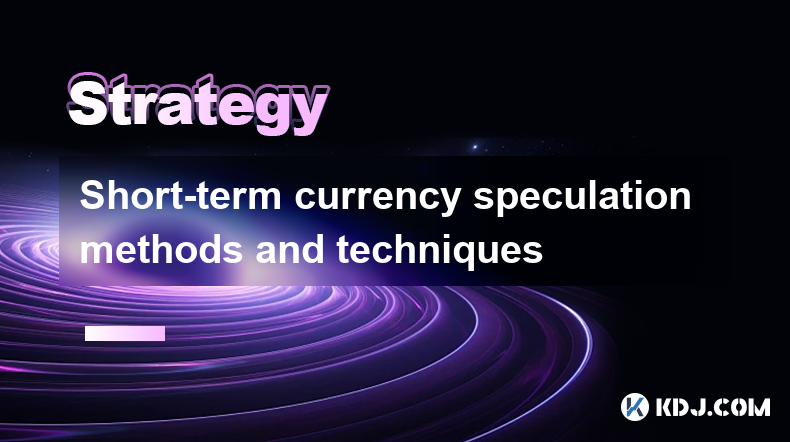
Short-Term Currency Speculation Methods and Techniques
Key Points:
- Understand the risks and rewards of short-term currency speculation.
- Develop a trading strategy tailored to your risk tolerance and time horizon.
- Utilize technical and fundamental analysis to identify trading opportunities.
- Manage your risk through proper position sizing and stop-loss orders.
- Stay informed about market news and events that can impact currency prices.
Methods and Techniques:
Scalping:
Scalping involves making multiple small trades throughout the day, aiming to profit from minor price movements. Scalpers typically use rapid order execution and high leverage to maximize their profits. They hold positions for seconds or minutes, often utilizing technical indicators such as moving averages and candlestick patterns to identify trade entries and exits.
Day Trading:
Day traders buy and sell currencies within the same trading day, closing all open positions before the end of the session. They analyze short-term price trends and market sentiment to identify trading opportunities. Day trading requires a high level of market awareness and quick decision-making. Traders may utilize technical analysis tools such as Bollinger Bands and volume indicators to assess market momentum.
Swing Trading:
Swing trading involves holding positions for several days or weeks, aiming to capture short-term price swings. Swing traders focus on identifying emerging trends and support/resistance levels. They may use technical indicators such as Fibonacci retracements and trend lines to identify potential turning points in the market.
Carry Trading:
Carry trading involves borrowing a currency with a low interest rate and investing in a currency with a higher interest rate. The profit is derived from the interest rate differential between the two currencies. Carry traders often hedge their risk by entering into forward contracts or using counterbalancing currencies.
High-Frequency Trading (HFT):
HFT involves using sophisticated algorithms and high-speed trading platforms to execute numerous trades within milliseconds. HFT traders rely on market imbalances and arbitrage opportunities to generate profits. They employ complex mathematical models and large computational power to analyze market data and identify trading opportunities.
Technical Analysis:
Technical analysis involves studying historical price data to identify patterns and trends that can indicate future price movements. Technical traders utilize a wide range of indicators and charting techniques to assess market sentiment and identify trade opportunities. Some common technical indicators include moving averages, Bollinger Bands, and relative strength index (RSI).
Fundamental Analysis:
Fundamental analysis focuses on economic factors, financial data, and geopolitical events that can impact currency prices. Fundamental traders analyze monetary policy, economic growth, inflation, and political stability to assess the intrinsic value of a currency. They often utilize news sources, financial reports, and economic indicators to inform their trading decisions.
Managing Risk:
- Proper Position Sizing: Determine the appropriate amount to invest in each trade based on your risk tolerance and account balance.
- Stop-Loss Orders: Place stop-loss orders to limit your losses if the market moves against you.
- Diversification: Spread your investments across multiple currencies to reduce your exposure to any single currency pair.
FAQs:
Q: What are the risks involved in short-term currency speculation?
A: Short-term currency speculation carries risks such as volatility, leverage, and the potential for significant losses.
Q: What are the best currency pairs for short-term trading?
A: Popular currency pairs for short-term trading include EUR/USD, USD/JPY, GBP/USD, and AUD/USD.
Q: How can I determine the best trading strategy for me?
A: Consider your risk tolerance, time horizon, and trading style to develop a strategy that aligns with your goals.
Q: What resources are available to help me learn about short-term currency speculation?
A: There are numerous books, online courses, and trading platforms that provide information and tools for traders of all levels.
Q: What are some common mistakes made by short-term currency speculators?
A: Common mistakes include trading without a strategy, overleveraging, and failing to manage risk effectively.
Disclaimer:info@kdj.com
The information provided is not trading advice. kdj.com does not assume any responsibility for any investments made based on the information provided in this article. Cryptocurrencies are highly volatile and it is highly recommended that you invest with caution after thorough research!
If you believe that the content used on this website infringes your copyright, please contact us immediately (info@kdj.com) and we will delete it promptly.
- FDUSD, BTC, TUSD, SEI, and LINK are the top 5 virtual asset-related keywords attracting the most interest
- 2025-04-03 15:45:12
- Bitcoin Pepe (BPEP) could hit $250 in four years
- 2025-04-03 15:45:12
- TAO Breaks Resistance, HYPE Dips 14%— Yet BlockDAG PullS in $210M Following Keynote 3 Launch!
- 2025-04-03 15:40:13
- Dogecoin (DOGE) Price Prediction: An Analyst Highlights a Bullish Divergence, Suggesting a Rally Could Be in the Cards
- 2025-04-03 15:40:13
- XRP Navigates Volatile Waters, Targeting a Breakout From Its Range
- 2025-04-03 15:35:27
- Meme Cryptocurrency Dogecoin DOGE/USD Falls After President Donald Trump's Tariff Shock, Extending Weekly Losses to Over 16%
- 2025-04-03 15:35:27
Related knowledge

How to use the three crows candlestick combination to determine the market top?
Apr 03,2025 at 03:18pm
Three Black Crows are a classic K-line combination form that is often used to judge the top of the market in technical analysis. This pattern consists of three consecutive negative lines, the opening price of each negative line is within the entity of the previous K-line, and the closing price gradually decreases. This pattern usually appears at the end...
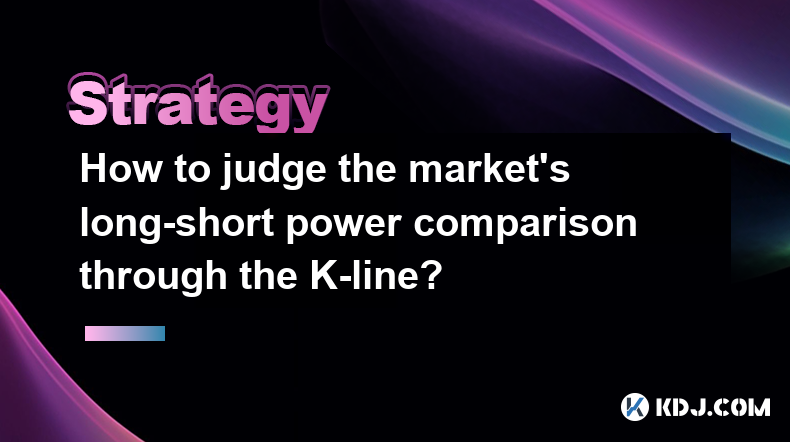
How to judge the market's long-short power comparison through the K-line?
Apr 03,2025 at 02:39pm
Judging the market's long-short power comparison through the K-line is an important skill in technical analysis. The K-line chart can not only show price changes, but also reflect the emotions and power comparison of market participants. This article will introduce in detail how to judge the market's long-short power comparison through K-lines. ...
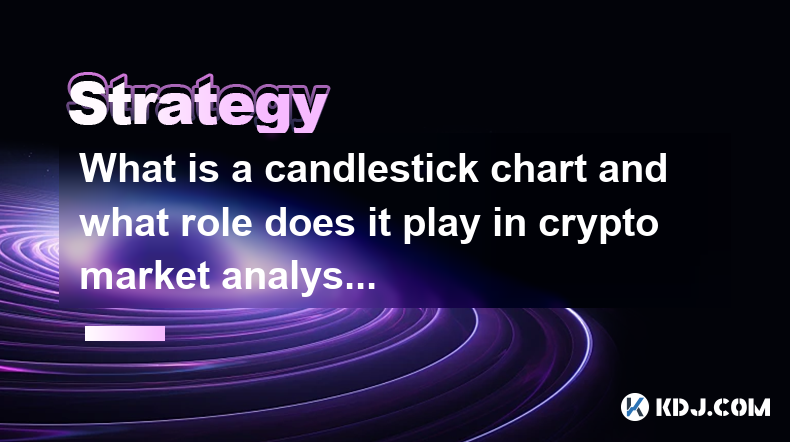
What is a candlestick chart and what role does it play in crypto market analysis?
Apr 03,2025 at 02:26pm
K-line chart, also known as candle chart, is a form of chart used to display changes in the price of financial products. In the cryptocurrency market, K-line charts are widely used to analyze the price trends of digital assets such as Bitcoin and Ethereum. This article will introduce in detail the basic structure, types of K-line charts and their specif...
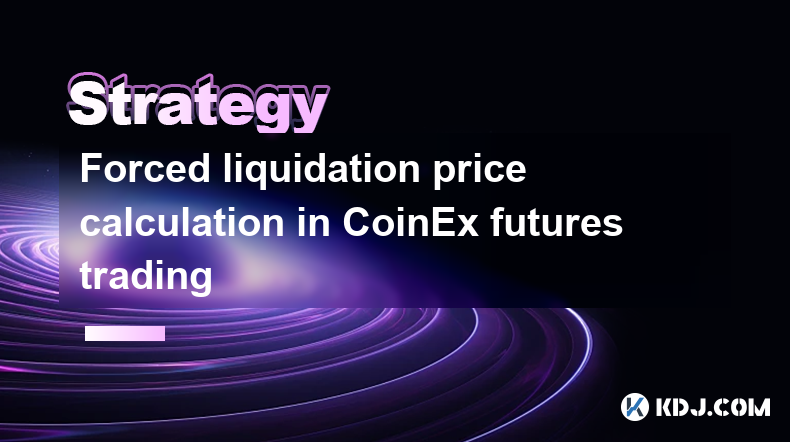
Forced liquidation price calculation in CoinEx futures trading
Apr 03,2025 at 05:35am
In CoinEx futures trading, understanding the forced liquidation price is crucial for managing risk and maintaining your positions. The forced liquidation price is the point at which your position is automatically closed to prevent further losses. This mechanism is designed to protect both the trader and the platform from negative account balances. The c...
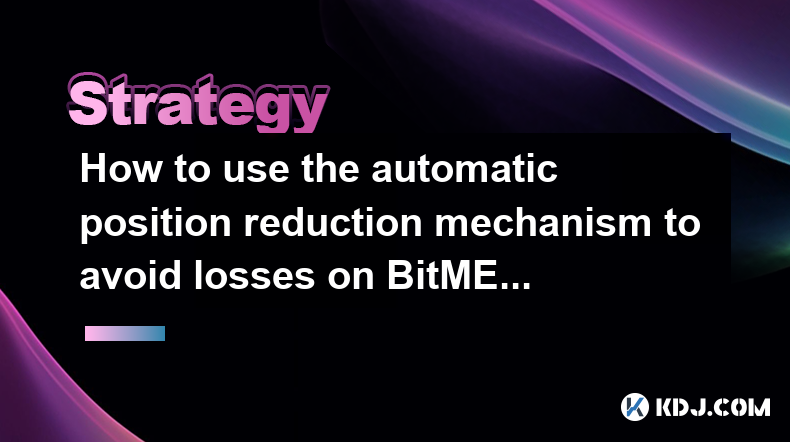
How to use the automatic position reduction mechanism to avoid losses on BitMEX
Apr 03,2025 at 02:56am
Using the automatic position reduction mechanism on BitMEX can be a strategic approach to managing risk and avoiding potential losses in the volatile cryptocurrency market. This feature, also known as Auto Deleveraging (ADL), is designed to help traders by automatically reducing their positions in certain conditions. To effectively use this mechanism, i...
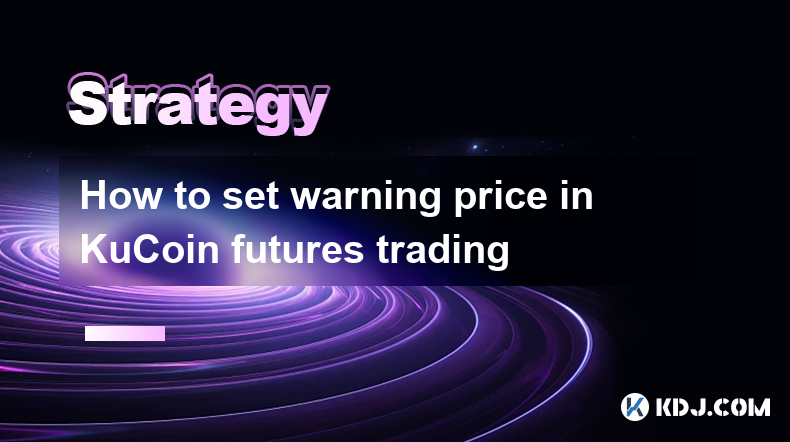
How to set warning price in KuCoin futures trading
Apr 03,2025 at 08:14am
Setting a warning price in KuCoin futures trading is an essential feature for managing risk and staying informed about market movements. This tool allows traders to receive notifications when the price of a futures contract reaches a specific level, helping them make timely decisions. To set a warning price, you need to navigate to the futures trading i...

How to use the three crows candlestick combination to determine the market top?
Apr 03,2025 at 03:18pm
Three Black Crows are a classic K-line combination form that is often used to judge the top of the market in technical analysis. This pattern consists of three consecutive negative lines, the opening price of each negative line is within the entity of the previous K-line, and the closing price gradually decreases. This pattern usually appears at the end...

How to judge the market's long-short power comparison through the K-line?
Apr 03,2025 at 02:39pm
Judging the market's long-short power comparison through the K-line is an important skill in technical analysis. The K-line chart can not only show price changes, but also reflect the emotions and power comparison of market participants. This article will introduce in detail how to judge the market's long-short power comparison through K-lines. ...

What is a candlestick chart and what role does it play in crypto market analysis?
Apr 03,2025 at 02:26pm
K-line chart, also known as candle chart, is a form of chart used to display changes in the price of financial products. In the cryptocurrency market, K-line charts are widely used to analyze the price trends of digital assets such as Bitcoin and Ethereum. This article will introduce in detail the basic structure, types of K-line charts and their specif...

Forced liquidation price calculation in CoinEx futures trading
Apr 03,2025 at 05:35am
In CoinEx futures trading, understanding the forced liquidation price is crucial for managing risk and maintaining your positions. The forced liquidation price is the point at which your position is automatically closed to prevent further losses. This mechanism is designed to protect both the trader and the platform from negative account balances. The c...

How to use the automatic position reduction mechanism to avoid losses on BitMEX
Apr 03,2025 at 02:56am
Using the automatic position reduction mechanism on BitMEX can be a strategic approach to managing risk and avoiding potential losses in the volatile cryptocurrency market. This feature, also known as Auto Deleveraging (ADL), is designed to help traders by automatically reducing their positions in certain conditions. To effectively use this mechanism, i...

How to set warning price in KuCoin futures trading
Apr 03,2025 at 08:14am
Setting a warning price in KuCoin futures trading is an essential feature for managing risk and staying informed about market movements. This tool allows traders to receive notifications when the price of a futures contract reaches a specific level, helping them make timely decisions. To set a warning price, you need to navigate to the futures trading i...
See all articles























































































